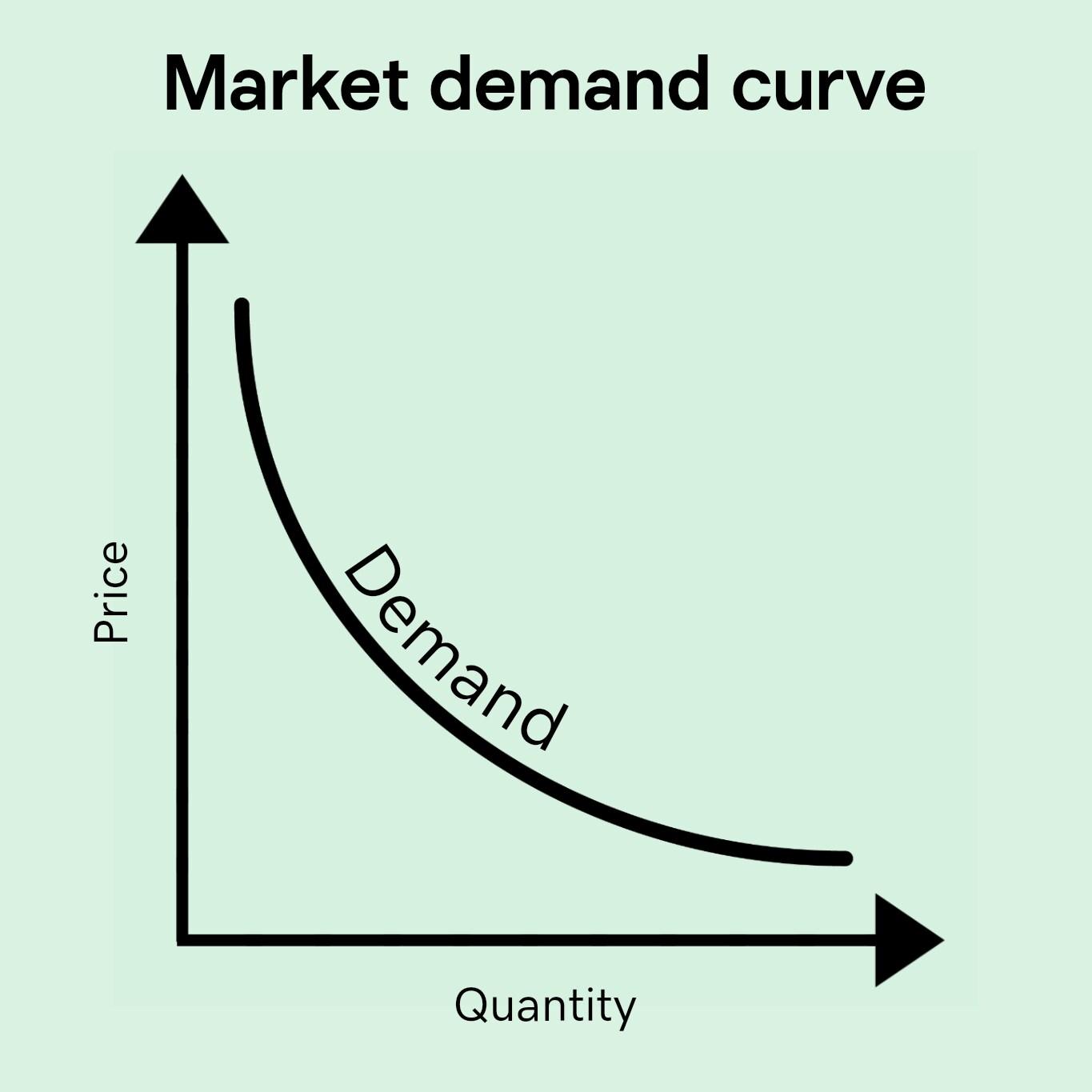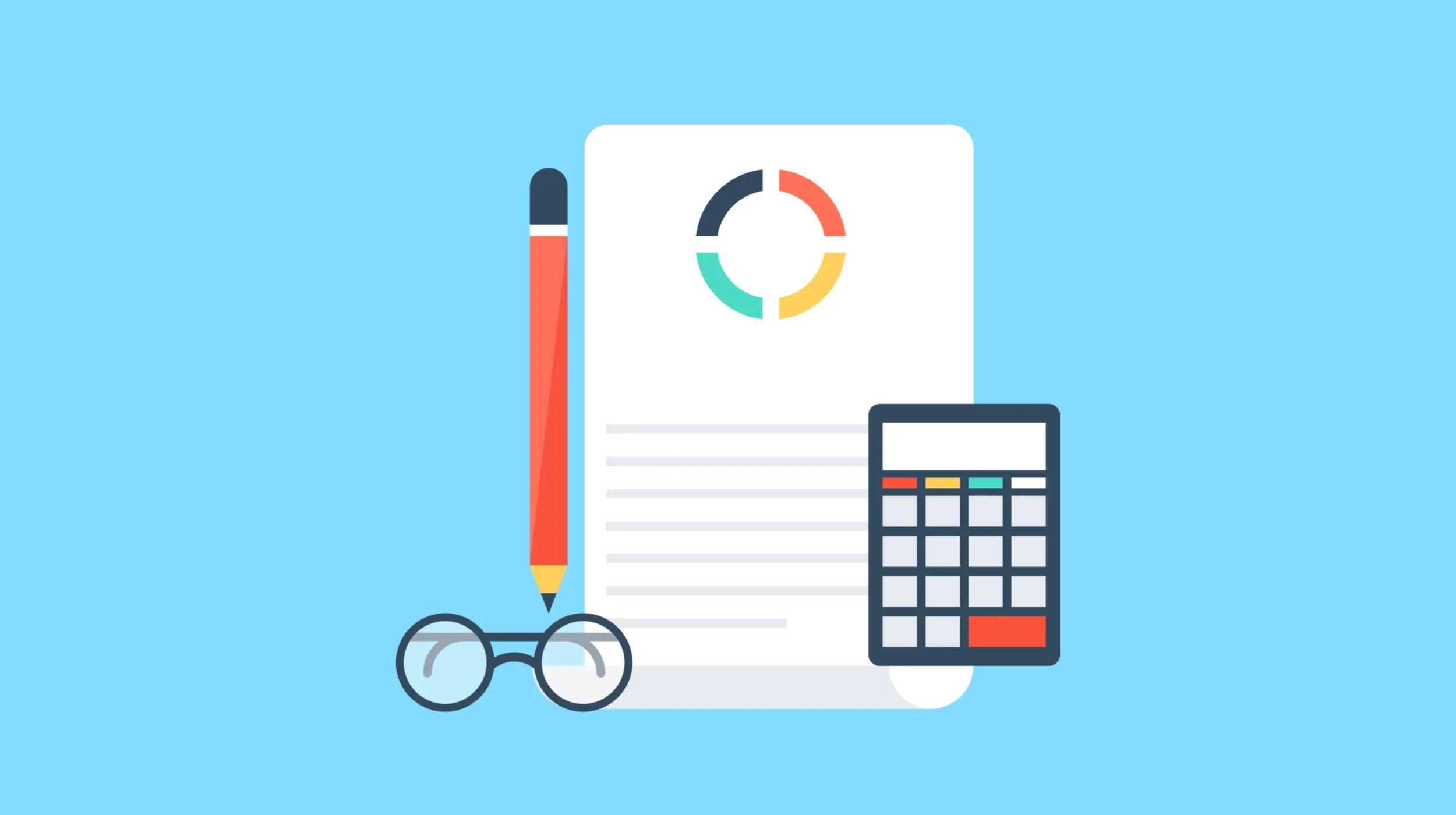Understanding market demand is imperative for anyone planning to start or grow a business. Knowing about market demand can help you determine how much of a product or service consumers want, how much they’re willing to pay, what profits you can make, whether the product will be successful, and more.
In this article, we explain market demand in detail, why it should matter to you, and how to calculate it using real-world examples.
Start the ecommerce website you need with designs you’ll love.
What is market demand?
Market demand is the total amount of a product or service that all consumers in a market want to buy at a given price and time. This is a foundational concept in economics and a key factor in helping you decide what products to launch, how to price them, and where to focus marketing efforts.
Why is market demand important for businesses?
Knowing the right market demand for your product can help you avoid costly mistakes in production planning, marketing, and more. For example, you could launch a new fitness gadget without understanding how many people actually want it and at what price, and that could lead to unsold inventory. If you want to start a business or create an ecommerce website, understanding market demand will help you gauge whether your idea has commercial viability or not.
Factors that influence market demand
Market demand is always shifting and can be influenced by a variety of internal and external forces, including:
- Price of the product: Higher prices will reduce demand, while lower prices will increase demand.
- Consumer income levels: Higher income consumers often have increased demand for both essentials and luxury goods.
- Tastes and preferences: The newest trends, fads, and cultural shifts can change what people want very quickly.
- Substitute goods: If cheaper alternatives exist, demand for your products may go down.
- Population size: Being able to sell to a larger potential audience can lead to a higher total market demand.
- Seasonality: Certain products see increased demand during specific times (for example, holiday decorations).
- Target audience: Knowing your target customers and their behaviours directly affects how your demand is measured and should be addressed.
Individual demand vs. market demand
Individual demand refers to how much of a product one individual is willing to buy. Market demand aggregates the individual demand of all consumers in a specific market. In short, market demand can be considered as the sum of all individual demands in a specific market or area.
How to calculate your market demand
Calculating market demand is an involved process, requiring a combination of research, estimation, data analysis, and more. We’ll distill the process for you into a practical approach that you can use below:
- Estimate the size of your target market:
Identify the number of people in your target audience. For example, if you sell fitness products online, like yoga mats, you will want to research the number of people who practice yoga in the area you’re selling to. For this example, let's estimate 12 million people in America.
- Determine average consumption:
Find how often your product is purchased every year to get a rough estimate of how many products one individual will buy per year. For example, if a typical yoga enthusiast buys one new mat every two years, that’s 0.5 mats / year.
- Multiply audience size by average use:
If 12 million Americans practice yoga and on average buy 0.5 mats/year, your market demand is 6 million mats per year.
- Factor in your expected market share:
If you aim to capture 1% of the market, given your competitors, that would mean 60,000 mats per year in potential demand for your business.
- Adjust for pricing, competition, and trends:
These are variable factors and can change your market demand. For example, more influencers using your yoga mats and promoting them will help increase your market demand compared to your competitors.
By calculating your market demand, you are not only learning more about your target audience, but this will also help you in pricing products more competitively, given where you are in the market compared to others.
Market demand curve on a graph
A market demand curve shows the relationship between the price of a product or service and the quantity that consumers are willing to buy.

The graph above slopes downward from left to right, showing that as prices increase, the quantity demanded goes down, and as prices decrease, the quantity demanded by customers goes up. This curve is common to almost every product and service and helps visualize how price changes can impact overall demand and your product strategy.
Market demand examples
It is easier to understand market demand and how to optimize for it by looking at some real-world examples:
Natasha Williams’ press-on nail business
Natasha, a tap dancer from Miami, found out she was allergic to commercial nail glue, and found it was a common problem for other people she knew as well. Instead of settling for not being able to go to nail parlors, she created her own press-on nail line using adhesive tabs. Her story is a perfect example of identifying a gap in the market and filling it based on personal and broader market needs. Read her full story here.
Detroit Hives
When Timothy and Nicole found it hard to buy local honey in Detroit, they launched their own beekeeping business, eventually expanding to tours and education in the area as well. Their solution not only addressed their own needs but also addressed a larger demand for locally sourced, sustainable honey. Learn more about Detroit Hives here.
Peloton during the pandemic
With gyms closed during the pandemic, the demand for at-home fitness equipment skyrocketed, and Peloton saw a huge increase in sales as people went for alternatives to maintain fitness routines from home. The sudden spike in market demand was fueled by external factors like lockdowns during the pandemic.
These examples show how identifying demand can lead to successful businesses, whether it is through your personal experience, lack of local options, broader societal shifts, or more.
Market demand is essential to business success
Market demand is a very practical tool that can help businesses make smarter decisions about their products, from product development to inventory planning to pricing, marketing, and more.
Understanding market demand ensures you’re not just selling something that people could buy, but something they want to buy. Taking the time to calculate and understand demand will help you understand the difference between the two and help your business thrive in a competitive marketplace.







